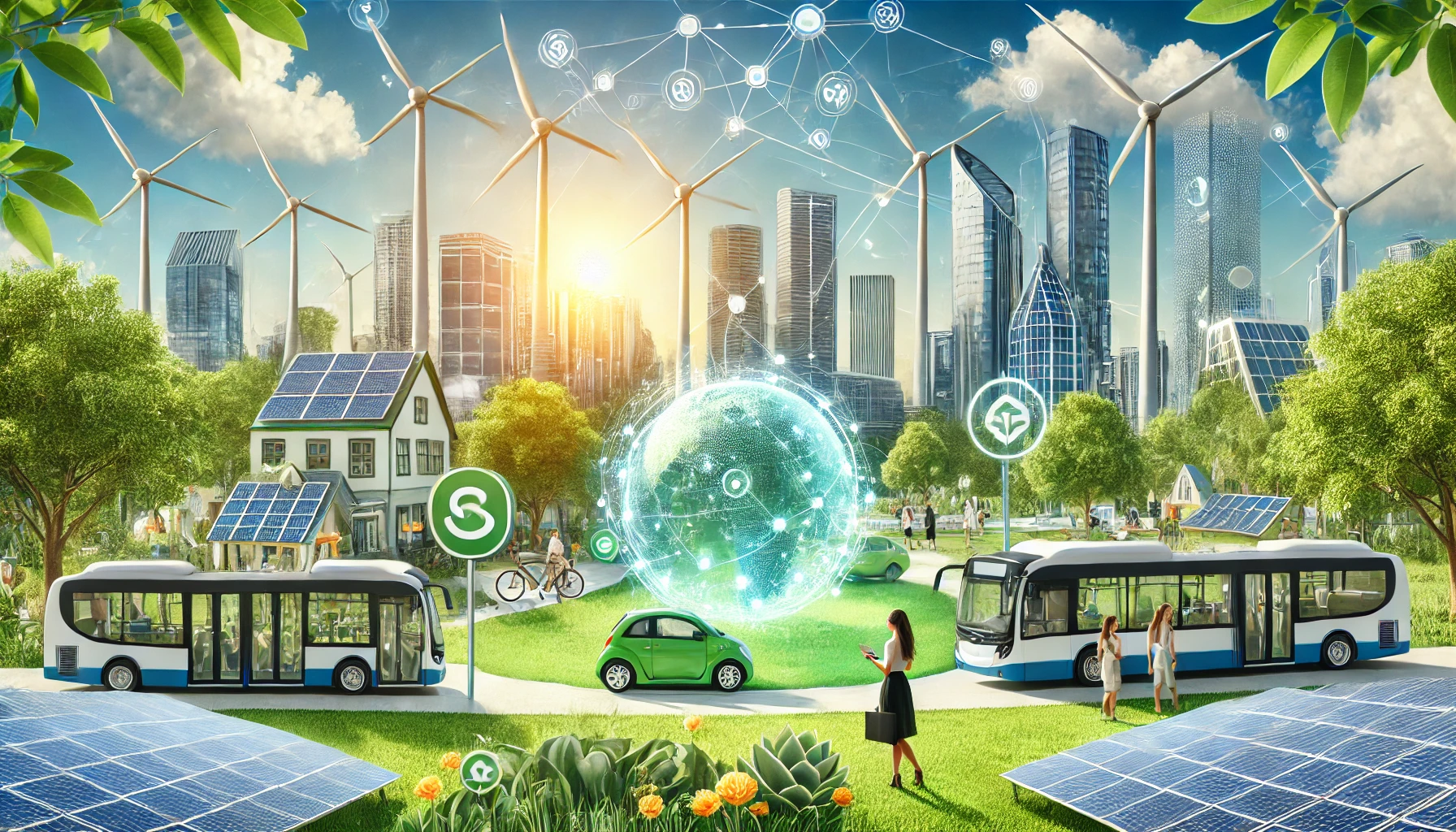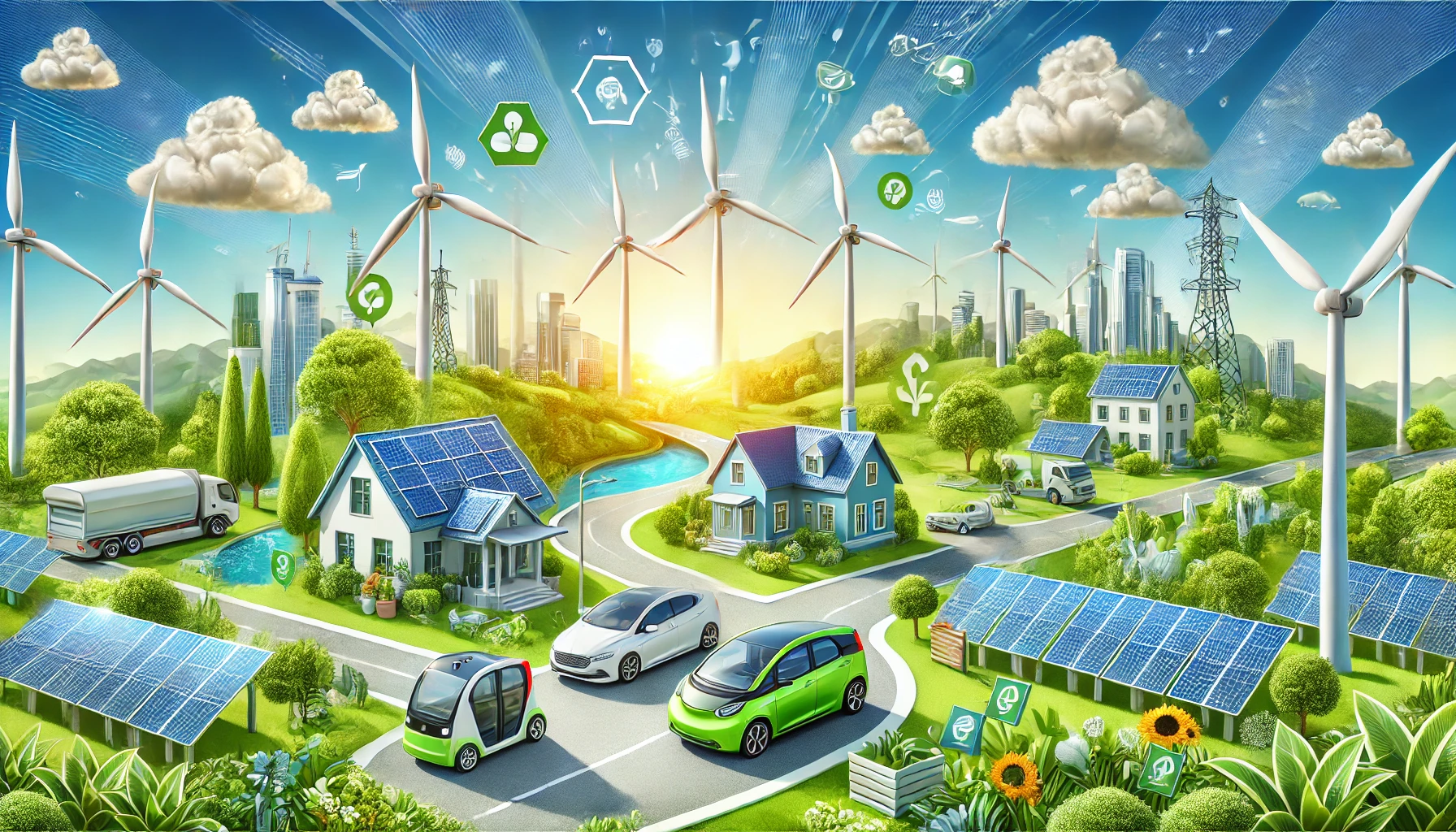Sustainable Technology: Building a Greener Future
In recent years, the idea of sustainability has become a major focus for individuals, businesses, and governments around the world. But what does it mean to use technology sustainably, and why is it so important? Let’s explore the concept of sustainable technology in simple terms, with real-life examples that show how it’s making a difference in our lives and the planet.
What is Sustainable Technology?
Sustainable technology refers to innovations and practices that meet our needs today without harming the environment or depleting resources for future generations. It focuses on creating tools, devices, and systems that:
Use renewable energy sources.
Minimize waste and pollution.
Promote efficient use of resources.
Support long-term environmental health.
In essence, sustainable technology aims to solve problems while protecting our planet.
Why is Sustainable Technology Important?
The world faces challenges like climate change, pollution, and resource depletion. Technology plays a big role in these issues, but it can also provide solutions. By adopting sustainable technology, we can:
Reduce greenhouse gas emissions.
Conserve natural resources.
Improve quality of life for future generations.
Let’s take a closer look at how sustainable technology is being used in different areas of life.

Examples of Sustainable Technology
1. Renewable Energy Technologies
Solar Panels: Solar panels capture sunlight and convert it into electricity. Homes and businesses worldwide are using solar energy to reduce their dependence on fossil fuels.
Example: In India, solar farms like the Bhadla Solar Park are generating clean energy for millions of people.
Wind Turbines: Wind turbines use the power of wind to generate electricity. Offshore and onshore wind farms are becoming popular in many countries.
Example: The United Kingdom’s Hornsea Project is one of the world’s largest offshore wind farms.
2. Energy-Efficient Appliances
Modern appliances like refrigerators, air conditioners, and washing machines are being designed to use less energy. Energy Star-certified devices, for example, help households save on electricity while reducing their carbon footprint.
Example: LED light bulbs consume significantly less electricity than traditional incandescent bulbs and last much longer.
3. Electric Vehicles (EVs)
Electric vehicles run on electricity instead of petrol or diesel, reducing air pollution and greenhouse gas emissions.
Example: Companies like Tesla, Tata Motors, and Mahindra are producing EVs that are becoming more affordable and accessible in markets like India.
4. Green Buildings
Green buildings are designed to be environmentally friendly and energy-efficient. They use sustainable materials, efficient insulation, and renewable energy systems like solar panels.
Example: The Infosys campus in Hyderabad is a certified green building, featuring energy-saving technologies and water recycling systems.
5. Waste Management Technologies
Innovations in waste management are helping us reduce, reuse, and recycle materials effectively.
Smart Bins: These bins use sensors to sort waste automatically, making recycling easier and more efficient.
Plastic Recycling Machines: Advanced machines can break down plastic waste into reusable materials, reducing pollution.
Example: The Plastic Road initiative in the Netherlands turns recycled plastic into durable road surfaces.
6. Sustainable Agriculture
Farming technologies are being developed to produce food while conserving resources like water and soil.
Drip Irrigation: This system delivers water directly to the roots of plants, reducing wastage.
Vertical Farming: Crops are grown in stacked layers, using less land and water than traditional farming.
Example: Urban areas in Japan are adopting vertical farming to grow fresh produce locally.
7. Circular Economy
A circular economy focuses on designing products and systems that minimize waste. For example, instead of discarding old smartphones, companies refurbish and resell them.
Example: Companies like Dell and Apple are creating recycling programs for their devices to recover valuable materials.
Challenges of Sustainable Technology
While sustainable technology offers many benefits, it also comes with challenges:
Cost: Some sustainable technologies, like solar panels or electric cars, have a high upfront cost.
Awareness: Many people are unaware of the options available or their long-term benefits.
Infrastructure: Developing countries may lack the infrastructure to support technologies like electric vehicles or renewable energy grids.
The Future of Sustainable Technology
As technology continues to evolve, we can expect even more innovative solutions:
Smart Cities: Using IoT (Internet of Things) to optimize energy use, traffic flow, and waste management in urban areas.
Advanced Batteries: New battery technologies that store more energy and charge faster, making renewable energy and EVs more practical.
AI in Sustainability: Artificial intelligence can analyze data to optimize resource use in industries like agriculture, energy, and transportation.
Conclusion
Sustainable technology is not just about protecting the environment; it’s about creating a better future for everyone. By embracing these innovations, we can address global challenges while improving our quality of life. Whether it’s installing solar panels, switching to an electric vehicle, or using energy-efficient appliances, each step towards sustainability makes a difference.
The journey toward a greener future begins with awareness and action. Let’s adopt sustainable technologies today for a brighter tomorrow.






